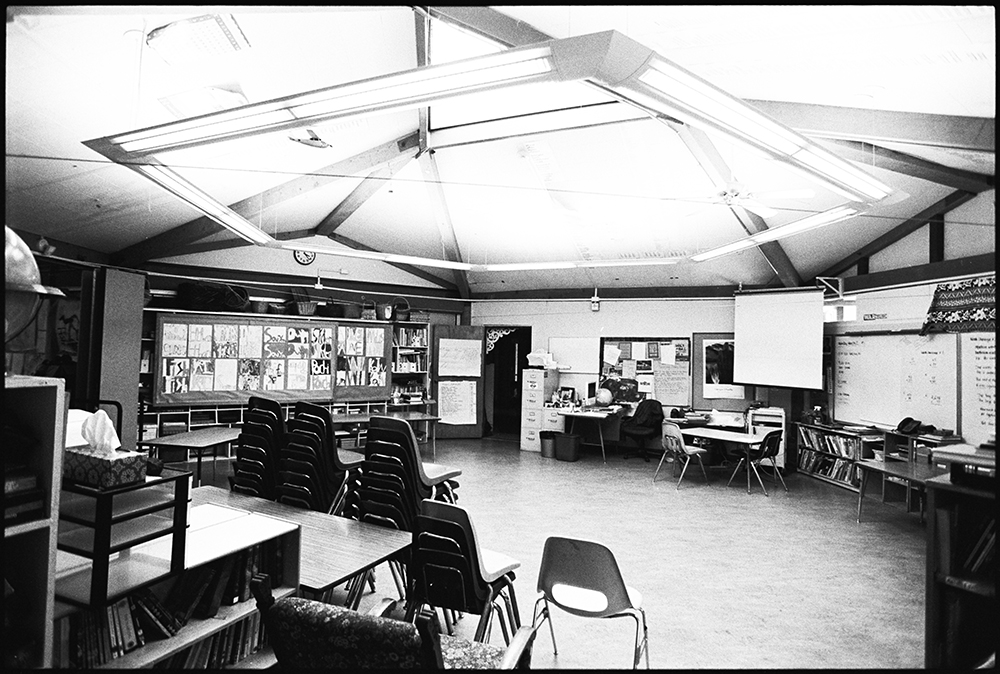The Lagunitas School District’s Open Classroom program has reached an impasse over whether or not to install sliding doors between classrooms in its . . .
Open Classroom at impasse over doors


The Lagunitas School District’s Open Classroom program has reached an impasse over whether or not to install sliding doors between classrooms in its . . .